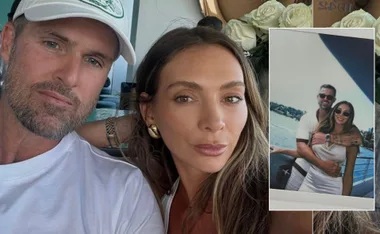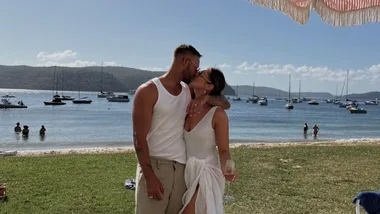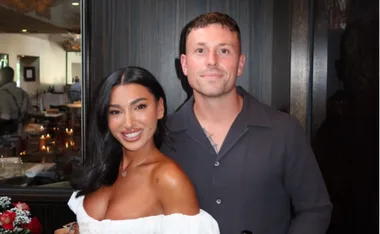Dr Jane Aronson is a world authority on adoption. She has overseen the placement of thousands of children, including to celebrities Angelina Jolie and Mary-Louise Parker.
Angelina credits her with saving her daughter Zahara’s life: “My daughter is one of those children whom Jane helped have a chance to live, and I am forever grateful.”
She will be one of the guests at the National Adoption Awareness Week breakfast on November 7, which is co-hosted by The Women’s Weekly.
In pictures: Celebs who adopt
What inspired you to work in the field of adoption?
Adoption of kids internationally exploded in the late 80s in the US and parents had no one to speak to about the complex and unique health issues the children faced.
They included TB exposure, parasites, hepatitis and syphilis. Then there were malnutrition and developmental issues.
I was well-suited to answer questions for anxious parents as a paediatrician specialising in paediatric infectious diseases. I had been a paediatric AIDS specialist and was very interested in parent education.
I began to speak at parent meetings and adoption advocacy organisation conferences. I started seeing more and more children adopted from abroad in my general practice in the New York area.
The numbers grew and I developed a specialty practice with a centre for families adopting internationally and domestically.
Do you have any adopted children of your own?
I adopted two children from abroad. Benjamin was adopted from Vietnam in September 2000 at 4 1/2 months of age. Desalegn was adopted from Ethiopia in June 2004 at 6 years of age.
There are reports you have helped thousands children find homes. Is this the case?
I have seen well over 10,000 kids adopted from abroad and counselled parents about adoption now for over two decades.
What are the issues national governments need to bring their attention to?
Governments around the world need to focus on orphans in their own countries; children living without parental care are at high risk for psychological and social problems and will not be prepared to live healthy and independent lives without the guidance of adults.
Orphans need access to medical care, mental health services, and education so that they can grow up to have families of their own and be able to contribute to the community they live in and to society in general.
To think that a country can ignore orphans is a tragedy; every country has these issues whether developing or modern. Not being aware of this catastrophic issue is immoral.
All kids deserve a permanent family or at least inclusion in the community in some form of family-based care so that they can be guaranteed protection and the potential for a healthy life.
Tell me about your partnership with Deborra-Lee Furness?
I met Deb seven years ago and we became friendly as Deb began her interest in orphans and vulnerable children in Kenya. She was eager to learn about international development, specifically about orphans who needed support in their own communities.
She became interested in my foundation, Worldwide Orphans Foundation (WWO), and this opened her heart to orphans and vulnerable children all over the world.
She and her husband, Hugh Jackman began to develop a network of connections to orphans in Cambodia, Ethiopia, and other countries through their friendship with Tim Costello, the CEO of World Vision Australia.
Deb was at the same time really digging deeply into the issues of adoption around the world and founded National Adoption Awareness Week (NAWW) with Australian colleagues. She invited me to help with promoting and elevating the issues of orphans and the need for fair and swift adoption practices in her homeland.
I have travelled to Australia twice now and worked with Deb for NAAW in 2009 and will again in 2011.
I am committed to helping Deb and other adoption advocates in Australia to help the government of Australia understand that adoption provides permanency for orphans and that making the process expeditious and transparent is a necessary pathway in all countries around the world.
Related: Fed-up couples giving up adoption dreams
What worries you about Australia’s approach to international adoption?
What worries me is that any country that hasn’t created swift, efficient and just laws for adoption domestically and internationally or for foster care, is creating a long term issue for those children.
This lack of justice for orphans leads to social and community dysfunction because the community will be burdened with the tragic problems of children who grow into adults with no education, complex medical issues and long term mental health issues.
These vulnerable children who become adults face a life of criminality, mental illness, and joblessness; in effect, orphans end up in the street and are destined for prostitution, alcoholism, drug abuse and joblessness.
We can prevent all of this anywhere in the world by providing orphans with all the opportunities that all children are entitled to, whether as adopted individuals or those who are served in their own communities through government and non-governmental organisations.
Adoption is one option and the solutions for orphans who will not be adopted include foster care, family-based care and support from organisations that provide special services. This is what WWO and other NGOs provide for orphans in developing countries.
For more information or to join the campaign to change adoption laws, visit National Adoption Awareness Week or email [[email protected]](/mailto:[email protected]).
Your say: Do you think it should be easier for single women to adopt children?
Video: Deborra-Lee Furness discusses her adoption battle
Newsletter conversion description. Get the latest in your inbox.

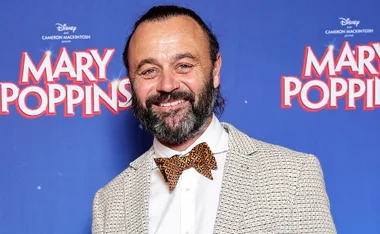

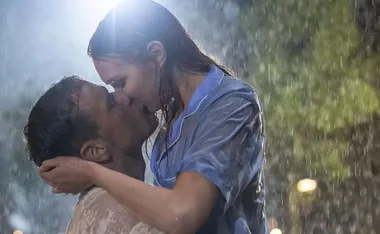
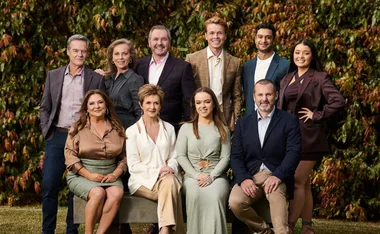



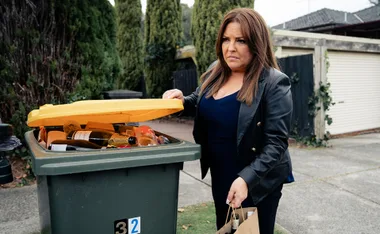
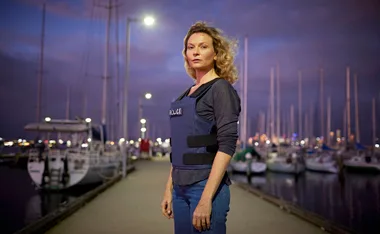
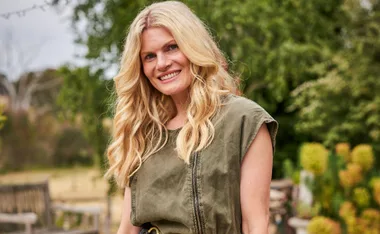

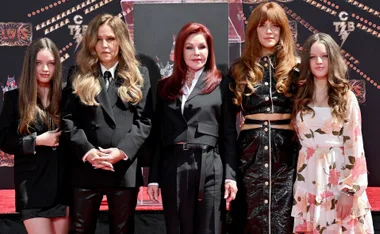
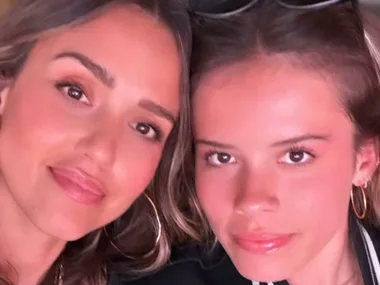






.png?resize=380%2C285)








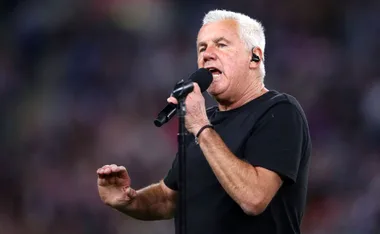
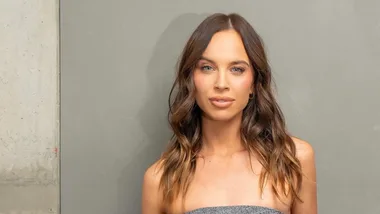
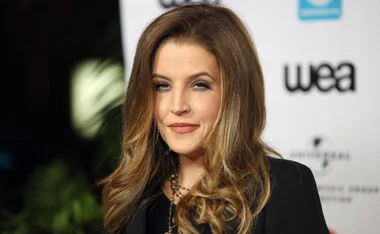
-(1).png?resize=380%2C285)
